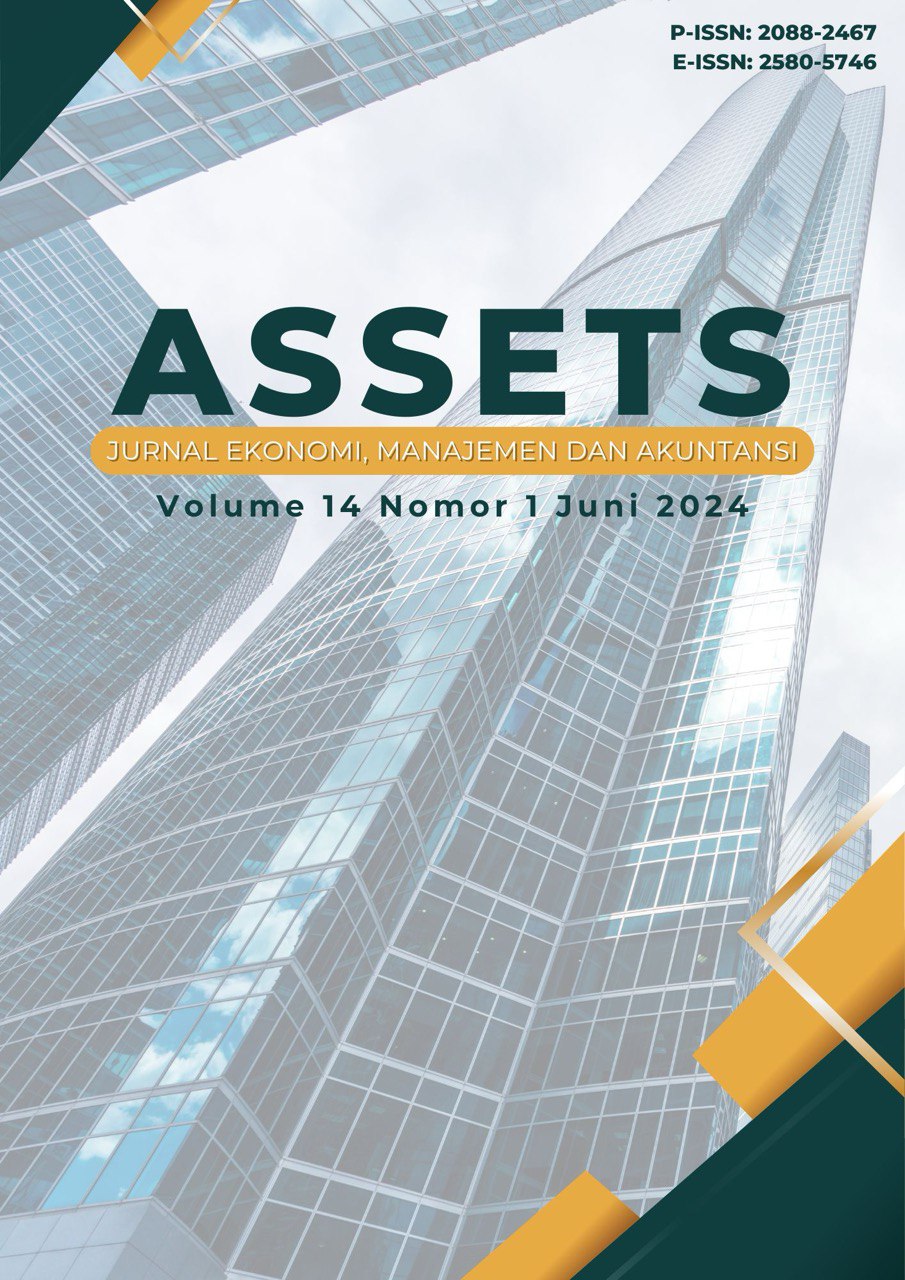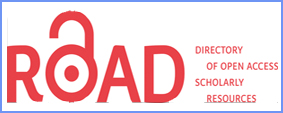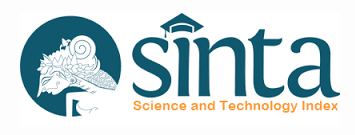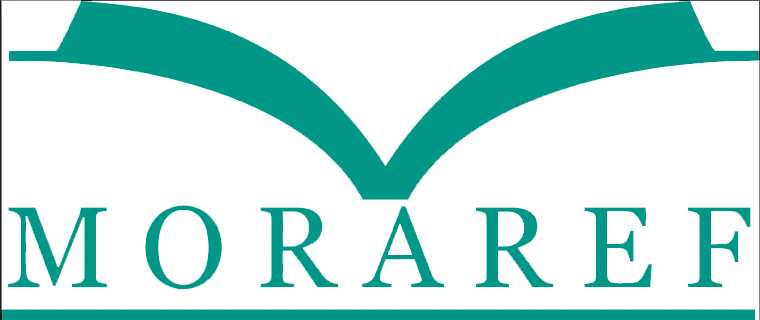Z-MART BAZNAS PROGRAM IN IMPROVING MUSTAHIK'S ECONOMIC WELFARE
Abstrak
This research aims to examine and analyze the management of the Z-Mart program in improving the economic welfare of mustahik in BAZNAS, South Kalimantan Province. As well as analyzing the obstacles in implementing the Z-Mart program in improving the economic welfare of mustahik in BAZNAS South Kalimantan Province. This research uses field research with a qualitative approach. The research location is at BAZNAS, South Kalimantan Province. The subjects of this research were the Zakat utilization team and mustahik recipients of the Z-Mart program as informants. Data collection methods used include observation, interviews and documentation. Data validation was carried out through source triangulation and data analysis involving the stages of collection, reduction, presentation and concluding. The research results show that Z-Mart management includes five main aspects: namely planning, organizing, movement or implementation, monitoring and evaluation. BAZNAS South Kalimantan Province succeeded in managing the Z-Mart program without significant obstacles thanks to good management, careful planning, effective organization, comprehensive training and strict supervision. With this approach, every aspect of the program is managed optimally so that the program objectives carried out by BAZNAS South Kalimantan Province are planned and realized well and systematically.
Referensi
Dian Ani Nugroho. (2017). Introduction to Management for Business, Public and Non-Profit Organizations, Malang: UB Press.
Dr. Mardani. (2015). Legal Aspects of Sharia Financial Institutions in Indonesia, (Jakarta: Kencana).
Hansen, D.R., & Mowen, M.M. (2013). Managerial Accounting: Managerial Accounting, Book 2, Edition 8. Jakarta: Salemba Empat
Haris Nurdiansyah. (2019). Introduction to Management, Yogyakarta: Diandra Creative
Haryono, D. (2017). Production Quality Control Using the P Control Chart Model at Pt. Asera Tirta Posidonia. Journal of Variance, 1 (1), 27. https://doi.org/10.30812/varian.v1i1.47
Khariri. (2018). Productive Utilization of Zakat: A Study of the Legal Istinbat Method from a Fiqh Proposal Perspective. Purwokerto: STAIN Press.
Leo, S. (2015). Effective Tips for Writing a Thesis, Thesis and Dissertation, (Jakarta: Erlanggaa).
Lexy J. Moleong. (2016). Qualitative Research Methodology, (Bandung: Teen Rosdakarya) .
M. Anang Firmansah, et al. (2018). Introduction to Management, Yogyakarta: CV BUDI UTAMA .
M. Rezky Naim and Asma. (2019). Introduction to Management, Qiara Media Publisher.
Malay SP Hasibuan. (2011). Management: Basics, Definition and Problems Revised Edition. Jakarta: Earth of Letters.
Nasir, et, A. (2023). Qualitative Research Methodology, (Bandung: Teen Rosdakarya) . 9 , 356–363.
Prasetyoningrum, AK (2015). Balance Scorecard Approach at Amil Zakat Institutions in the Great Mosque of Central Java. Economica: Journal of Islamic Economic Thought and Research, VI(1).
Ridwanto, R. (2023). Productive Zakat Management as an Instrument for Increasing People's Welfare. Hawalah: A Study of Sharia Economics , 2 (2), 41–52. https://doi.org/10.57096/hawalah.v2i2.30
Sampurno Wibowo. (2009). Introduction to Business Management, Bandung: Telkom Politeknik, 2009 .
Saripudin Udin. (2016). Islamic Philanthropy and Economic Empowerment BUSINESS.
Siti Zalikha. (2016). Distribution of Productive Zakat in an Islamic Perspective, ISLAM FUTURA Scientific journal.
Soemitro, A. (2015). Sharia Banks and Financial Institutions. Jakarta: Prenadamedia Group.
Thoharul Anwar, A. (2018). Productive Zakat for Economic Empowerment of the Community. ZISWAF: Journal of Zakat and Waqf , 5 (1), 41. https://doi.org/10.21043/ziswaf.v5i1.3508
Zainuddin. (2013). Zakat Law: Normative Perspective, Welfare and Social Justice. (Makassar: Alauddin University Press) . h. 49-51.
Zulkifli, M. Noor Sayuti, et al. (2022). Analysis of the Empowerment Program for Zakat Management Organizations in East Kotawaringin and West Kotawaringin Regencies.
##submission.copyrightStatement##
##submission.license.cc.by-nc-sa4.footer##









